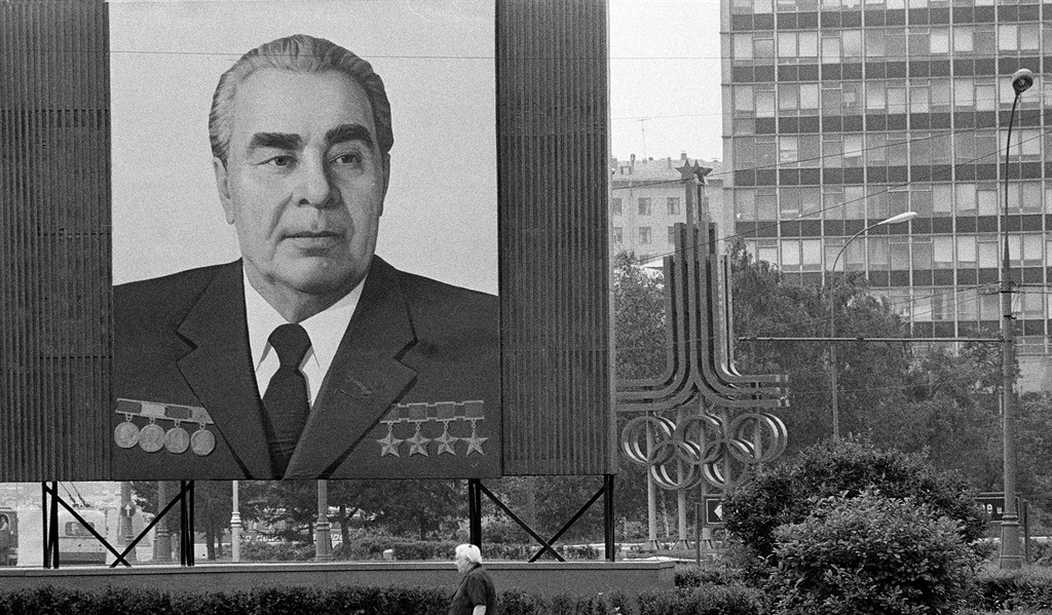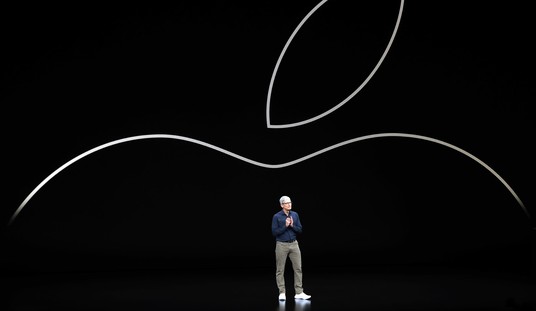A position with strategic potential is one full of opportunities for improved prospects. By contrast, a strategic trap is where every path leads to a worse outcome. Although the American liberals seem poised to restart all projects abandoned in 2016, in reality, they may be leaving themselves with nowhere to go.
The main problem with returning to the way things used to be is that institutions have been too badly damaged by the pandemic and its likely aftermath to afford former practices. For example, many colleges are struggling to stay open. They are firing tenured professors and even that may not be enough to keep them afloat.
Presidents of struggling colleges around the country are reacting to the pandemic by unilaterally cutting programs, firing professors and gutting tenure, all once-unthinkable changes. Schools employed about 150,000 fewer workers in September than they did a year earlier, before the pandemic, according to the Labor Department.
Education is only one of several industries that have been reshaped by a changed reality. Consequences still happen, whatever the narrative says. The design margin is, at least in the short term, much slimmer. Though Paul Krugman exhorts readers to “learn to stop worrying and love debt,” there are those who will feel doubt at starting expensive social engineering on money the West borrows from itself.
Basically, the private sector doesn’t seem to see many opportunities for productive investment, and savers who have no place else to go are willing to buy government debt even though it doesn’t pay much interest. The important point for current discussion is that government borrowing costs are now very low and likely to stay low for a long time….
On the eve of the pandemic, federal debt as a percentage of gross domestic product was twice its level in 2000. But federal interest payments as a percentage of G.D.P. were actually down.
The bottom line is that government debt just isn’t a major problem these days. Which brings us back to the politics.
Joe Biden has promised to “build back better,” a slogan that translates into proposals to spend big sums on infrastructure, climate policy, education and more, largely with borrowed money. And that’s very much the right thing to do; business may see only limited returns to investment, but we’re in desperate need of more public investment, broadly defined (for example, including spending on children).
The argument is that Interest rates are so low government can afford to waste money; that the Great Reset, Build Back Better, Green New Deal, reviving the Iran deal and other grandiose schemes, however inefficient, can easily be afforded. The problem is that a progressive American project may not be better than the investment choices of America’s chief competitor, China. And competitive efficiency matters.
Even California can’t afford to ignore competitors. Oracle is the latest major company to flee the state for Texas. Elon Musk wrote in a Wall Street Journal opinion article last month that California has turned into a place where “bad policies discourage business and innovation, stifle opportunity and make life in major cities ugly and unpleasant.”
California has to make investment choices in a world where competitors exist and economic actors can choose to go elsewhere. An artificial world where Krugman’s casino was the only game in town is not the same as the one where the West has a competitor in resurgent, relatively efficient and ruthless, China.
It matters whether “our progressives” are more efficient than “their Communists” even with, and perhaps especially with, reliance on self-borrowed money.
Eventually, reality is going to compel the Western left to use real energy, set free business, and mobilize the broad public if they are to have any hope of matching Emperor Xi. That will undoubtedly be regarded as a betrayal by the Woke base and if the MAGA army remains at large and hostile, how can the liberal find support to tame their radical base?
The classic method of unifying a nation facing powerful, even existential external threats, is ruling from the center. That is what the 1940 British coalition government against Nazi Germany or even Lenin’s desperate New Economic Policy attempted to do to face the crises of their day. That is precisely what the U.S. political system can’t seem to do.
The big dilemma of the Democrats is they can’t compete with China while simultaneously satisfying the Woke and populist halves of the public. The objective of their foreign and domestic interests run counter to each other. There is no direction in which they can advance from their position that does not expose them to risk from another. This leaves them in a trap from which there is little chance of easy escape. The year 2020 may be remembered as a time when liberal politicians sought tactical advantage without regard to strategic continuity.
It is beginning to dawn on even Biden supporters that there’s nowhere for him to go and there are hostiles all around. The Los Angeles Review of Books rhetorically asks: “Now that Joe Biden has won his restoration candidacy, where do we go from here? Should we rebuild the system the way we left it?”
The short answer is no. In Tyranny, [Michael] Sandel explores the “dark side” of the meritocratic myth, arguing for a full reckoning with the folly of the pre-Trump years. …
In truth, many Americans were heading toward ruin. According to the economist Raj Chetty, poor millennials were almost half as likely to become rich adults than their baby boomer counterparts. In 2018, an article in The New York Times concluded that the chances of improving one’s station in life in China “vastly exceed those in the United States.” Contrary to the precepts of the American Dream, the data suggested that our system was rigged.
Rigged perhaps in more ways than one and still a trap for those who thought they won the loot.
Books: Last Stands: Why Men Fight When All Is Lost by Michael Walsh “A philosophical and spiritual defense of the premodern world, of the tragic view, of physical courage, and of masculinity and self-sacrifice in an age when those ancient virtues are too often caricatured and dismissed.” —Victor Davis Hanson
Follow Wretchard on Twitter or visit Wretchard.com










Join the conversation as a VIP Member